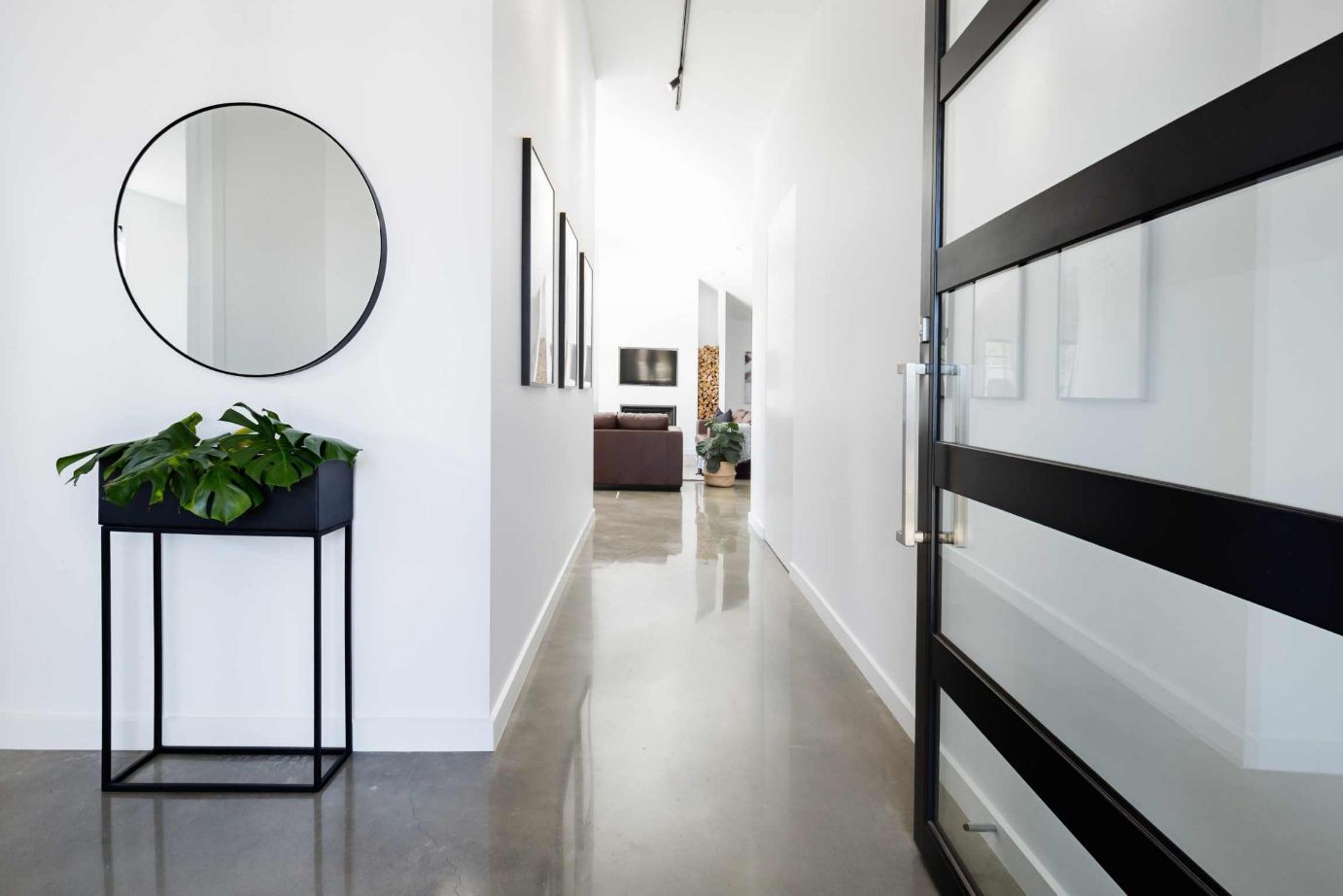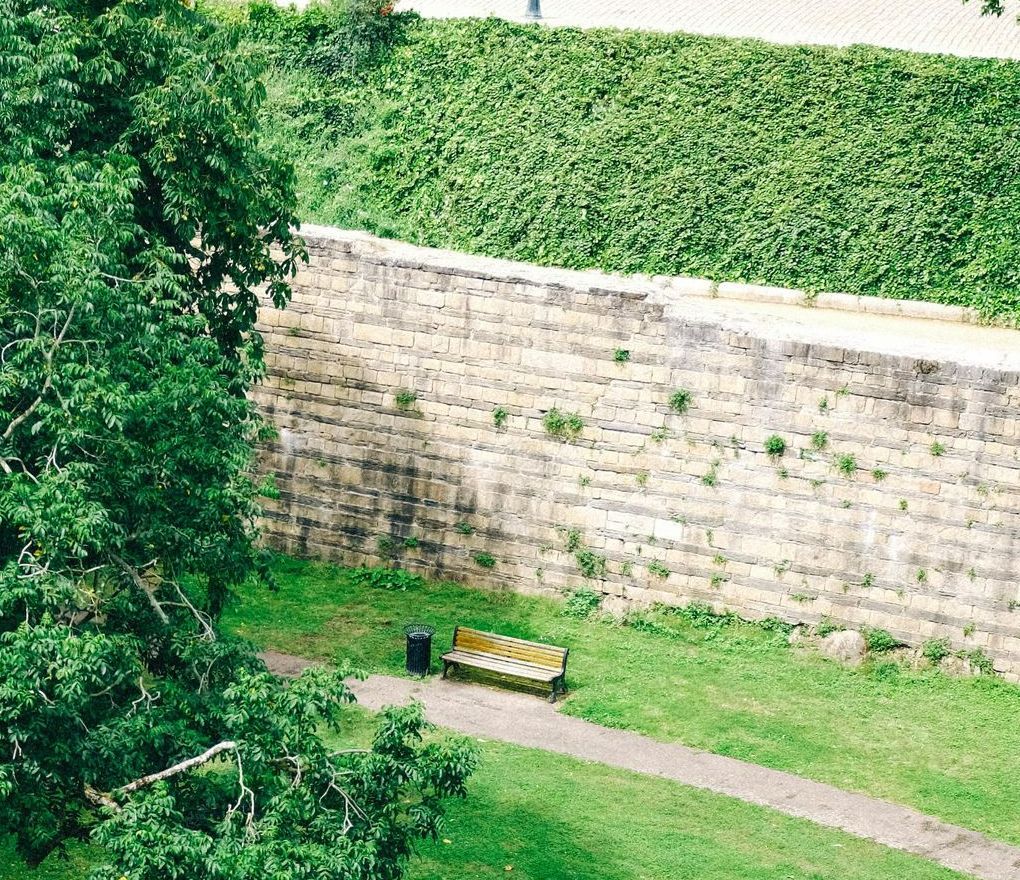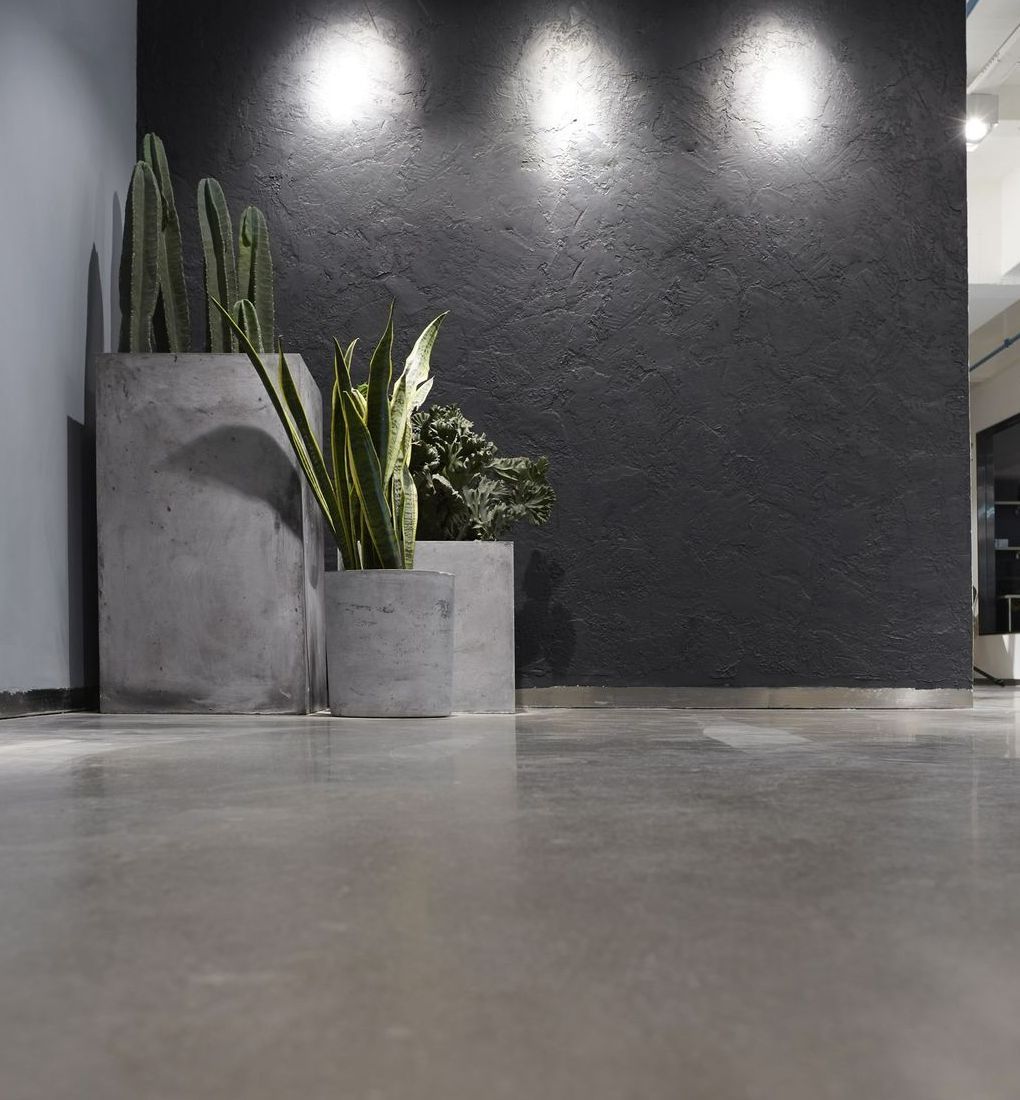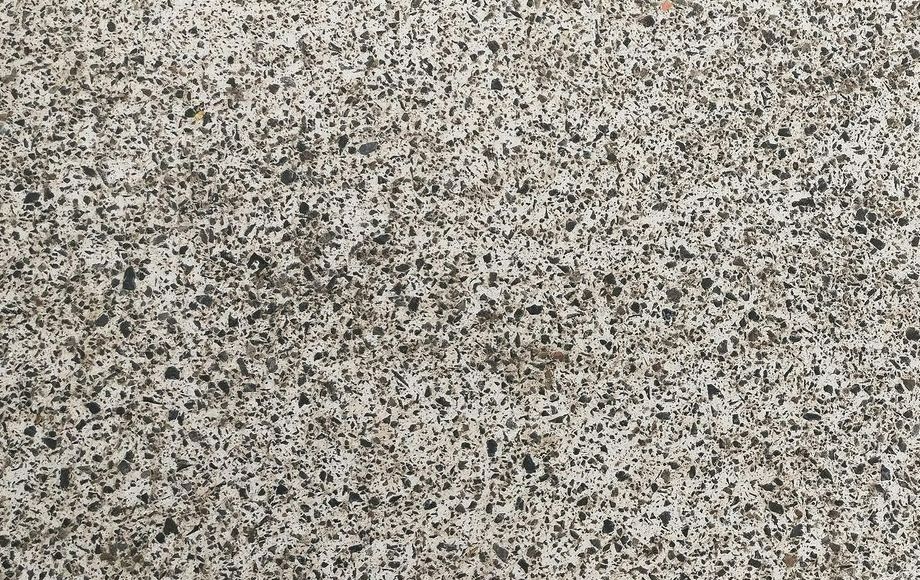By Admin
•
May 6, 2024
If you've ever experienced a lot of flaking and scaling on the outside of your home, or your garage floor has been spalled, you may have wondered how you can prevent these issues from occurring again. The following article will provide you with some tips that you can follow to keep your concrete in good shape. Avoid high-slump concrete In the construction world, there is a new crop of high-tech gizmos and gadgets, but when it comes to concrete there are still a few tried-and-true ways to avoid scaling and flaking. These measures include proper placement of the slab, adequate abrasion resistance and a good sealant. For starters, consider placing the concrete on a damp subgrade. This allows it to absorb the bleed water without overabsorbing it. If your concrete is exposed to freezing and thawing cycles, it is imperative to take steps to prevent it from absorbing too much moisture. As for the curing and drying process, you can avoid premature fading by avoiding vapour retarders. You should also avoid using harmful fertilisers, particularly those that contain azoles. To achieve the aforementioned, you should be aware of the correct mix ratio of concrete and sand. Then, you should place the slab at the smallest possible slump. Not only will this minimise shrinkage, but it will also increase the strength and durability of the slab. Using the correct admixtures will also ensure that the slab is properly cured. Proper curing will also help the slab retain the requisite amount of moisture needed for the concrete to perform its hydration and binding processes. Lastly, you should avoid the pitfalls of overworking the slab. Don't use excessive amounts of water and avoid hammering the slab. Apply a coat of linseed oil to all surfaces. Finally, protect the concrete from premature drying by applying a fog spray. Doing so will prevent the dreaded plastic shrinkage. There are several other concrete measures to consider, like ensuring that the slab is insulated. Additionally, you should ensure that the surface is protected from the cold, preferably by covering it with wet burlap. A few other measures to consider are incorporating an appropriately sized drainage system and utilising a broom finish. Seal the outside and garage floors after installation If you're planning to put in a new concrete garage floor, you'll want to make sure it's sealed well. This will help keep out corrosive chemicals, moisture, and dirt. Plus, a sealed floor will make it easy to clean up spills. There are several different sealers available on the market, each claiming to be the best. You can choose from epoxy, penetrating, and spray-on sealers. Of course, which one you choose will depend on your preference for looks, durability, and longevity. Scaling is the most common form of concrete damage. It's caused by several factors, including a mix of water and cement, air entrainment, curing, and finishing practices. Typically, scaling occurs mid-slab, but the root cause may occur at a much earlier stage. Putting in a properly sealed concrete floor will increase its lifespan and durability. Sealing also protects it from the elements, which makes it easy to wipe up spills. But, you'll need to be careful to pick a sealer that doesn't absorb liquids. Using a solvent-based sealer won't work well, and will require more maintenance. There are also more environmentally friendly options out there. For instance, you could get an epoxy sealer that's made from polymer-modified cement. These are typically a little more expensive, but they last longer and need less maintenance. Besides sealing your concrete, there are other important measures you can take to increase its longevity. These include keeping it clean and dry and applying the right repair materials. Using the right type of sealer, you can make your concrete look brand new, and you won't have to worry about discolouration or mildew. The key is to find the right type of sealer for your particular application. Avoid freeze/thaw cycles When you have concrete on your property, it is important to take precautions to prevent scaling and flaking. The freezing and thawing cycles in the winter can damage the surface of your concrete. Keeping the foundation dry is a good way to minimise the effects of these cycles. During winters, freezing temperatures freeze the water in porous concrete. This causes microcracks to form in the surface layer. Once these microcracks are revealed, the surface of the concrete becomes damaged. Increasing the amount of water in the concrete increases the size and depth of the spalling failure. Scaling can be moderate or severe. Moderate scaling can involve the loss of up to 10mm of surface mortar. Severe scaling involves coarse aggregate popping out from the concrete. Many factors contribute to scaling. It is important to identify what type of scaling you have. Light scaling is generally not visible and does not expose the coarse aggregate. A sealer applied to the concrete can help protect the surface from harsh weather. Having entrapped air in the concrete is another mistake that can lead to scaling and flaking. Entrapped air is formed in the cement paste during the mixing process. Entrained air relieves the pressure inside the pores and improves the compressive strength of the concrete. Deicing chemicals can also cause scaling and flaking. Chlorides are the most harmful during the freezing and thawing process. If you need to use deicers, be sure to keep the amount to a minimum. Whether you live in an area where freezing and thawing cycles occur daily or only during certain seasons, it is important to take steps to avoid them. Some steps you can take include using sump pumps to remove excess water from under your pavement. You can also keep a close eye on your local weather records. Avoid the expanding effects of the Alkali-Silica Reaction In the concrete world, scaling refers to flaking or peeling off of the surface of a hardened concrete surface. It typically begins in one area but can spread to other parts of the structure if it is left untreated. Proper curing practices can make a difference, especially if the concrete is exposed to freezing temperatures early on. Scaling may also occur if the concrete is not properly air-entrained. A lack of drainage can also increase the risk of scaling. Several factors affect scaling and flaking. For example, the presence of bleed water may lead to a weak top layer. Furthermore, the presence of deicing chemicals can accelerate the onset of scale. One of the easiest ways to prevent scaling is to use the right kind of concrete. For instance, concrete mixtures containing high levels of fly ash usually require extended curing times. Other common causes of scaling include poor finishing and drainage, blemishes on the surface, and poor air void system. The best way to avoid the expanding effects of the alkali-silica reaction (ASR) is to use supplementary cementitious materials (SCM) to prevent the reaction from occurring. This may also help avoid the pitfalls of using a high proportion of slag in a concrete mix. Luckily, there are many solutions to the problem. One of these solutions is a product known as the OzFlat series from Ozinga, Inc. This line of products is designed to prevent scaling and flaking in concrete. You can learn more about them by contacting a representative at your local distributor. The other possible solution is to apply the proper finishing techniques, such as the use of a trowel or the application of a sealant. These techniques are also important to avoid the expanding effects of the Alkali-Silica Reaction. Repair spalled concrete Spalled concrete can be caused by a variety of factors. However, one of the most common causes of concrete spalling is freeze-thaw cycles. If you notice flaking on the surface of your concrete, there are several repair options available. The repairs can be simple or complex, depending on the depth of the damage. Whether you're dealing with a small patch or a large hole, you need to make sure the repair is done correctly. You need to remove the damaged area of concrete. This can be done by using a jackhammer and chisel. You should also clean the affected area thoroughly. You'll need to remove any excess water with a sponge. After you've removed all the excess, you should use a margin towel to scrub the repaired area. Once you've cured the repaired surface, you can apply the necessary compound. A good, polymer-modified cement compound should be used to restore the spalled concrete. Make sure it's of high quality and is sealed to prevent future corrosion. Use a concrete resurfacing mix that's been formulated for the climate in which you live. Before you begin the restoration process, you need to ensure that the base surface is free of oil, dirt, and other contaminants. After you've completed the repair, you need to extend the patch at least four inches beyond the spalled area. Depending on the depth of the damage, you may need to replace the concrete completely. It's important to note that you need to allow ample time for the repair to cure. Small patches can be applied in just a few hours, while larger areas may take several days to complete. We hope you enjoyed this post on how to prevent concrete scaling and flaking. With this knowledge, we know that you can make the most of your concrete investment. So what are you waiting for? Call us today for details about our concrete services by calling us at 03 4420 4768.




